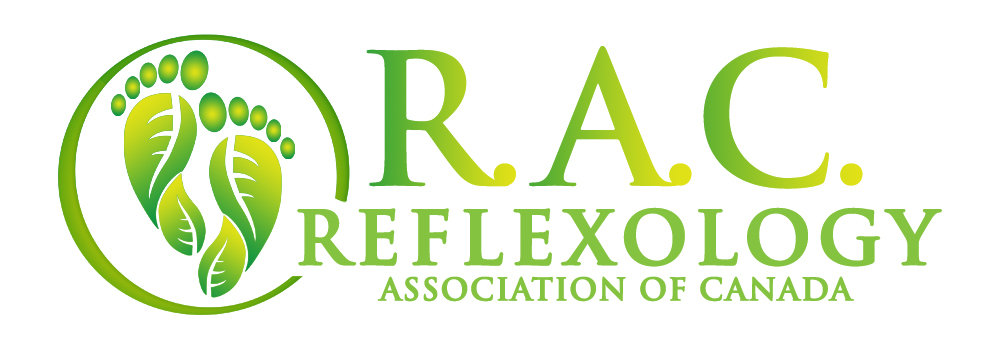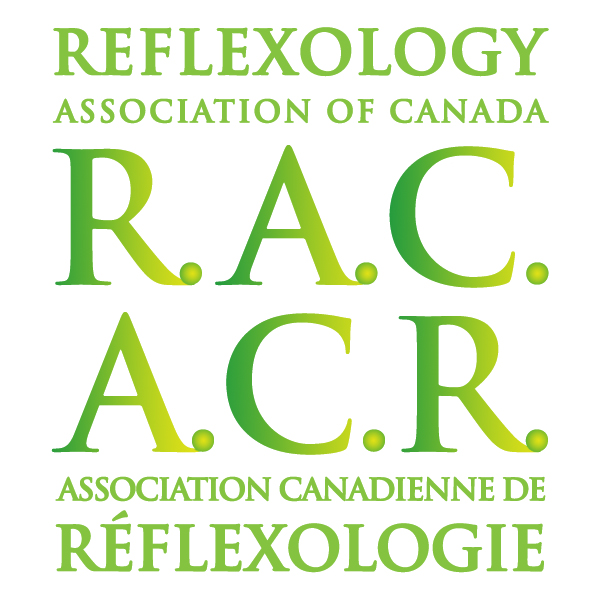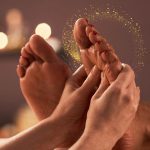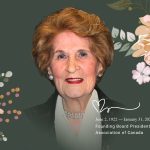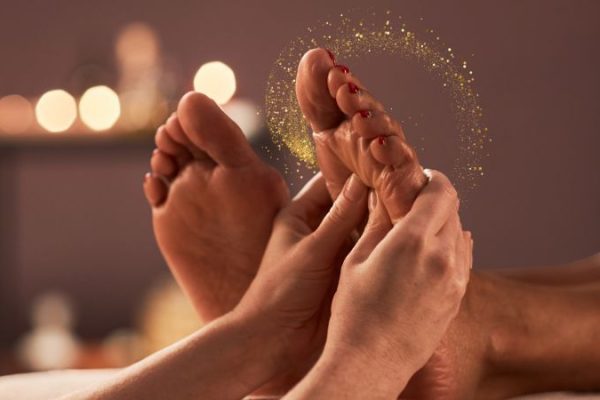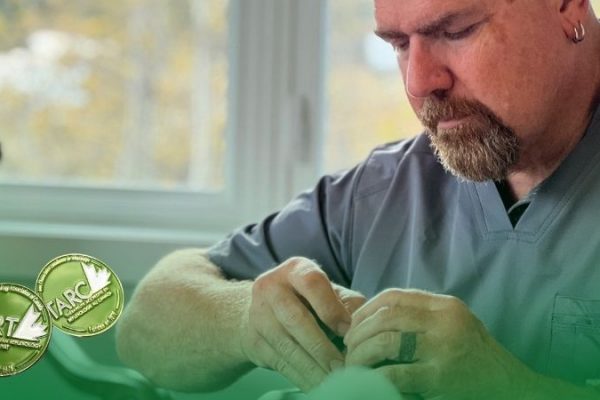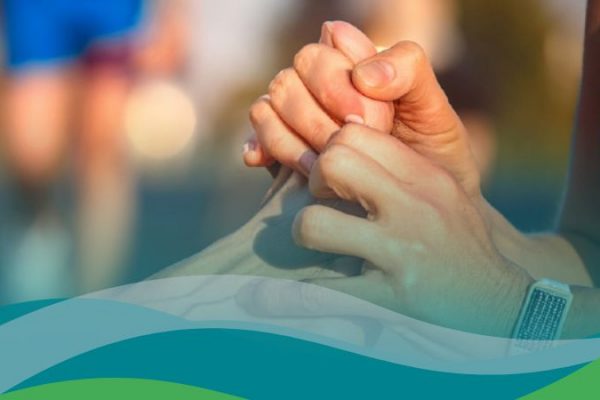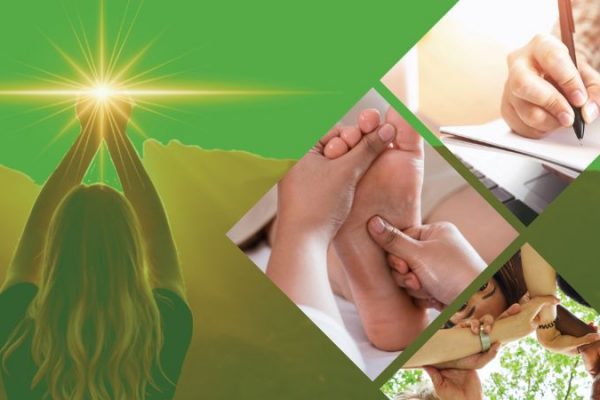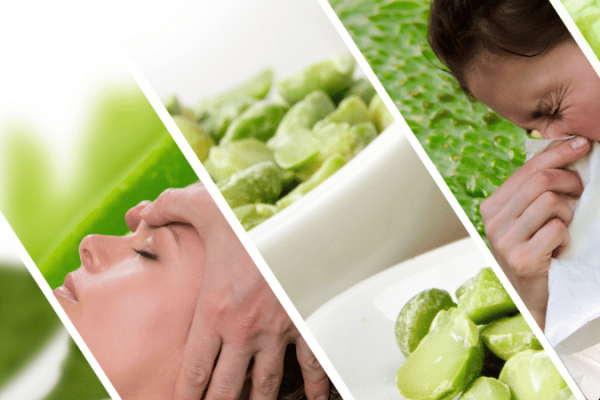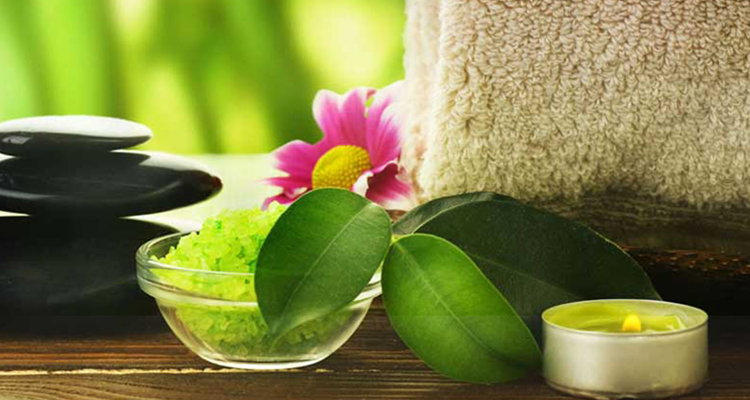
THAI YOGA MASSAGE – A Versatile Healing Modality for All Practitioners
by Sharon Brown-Horton, Affiliate Thai Massage Instructor of ITM School, Chiang Mai, Thailand, Owner of Banyan Thai Massage
This story is about how Thai Massage changed my life in so many positive ways, that I can’t begin to say enough amazing things about this method that is based on the Buddhist philosophy of imparting ‘Metta’ – loving kindness – in massage.
In 2003, I was an 18+ year professional fitness career veteran, who was also once a professional classical ballet dancer. At the time, one of my fitness colleagues had offered to give me a Thai Massage from her in my home. She knew that I was about to leave on a vacation to Phi Phi Island in Thailand and she thought that it would be fun to get me excited about going there and possibly learning Thai Massage myself.
When my husband and I went to Thailand, I made sure that I received many Thai Massages and one day after a scuba trip, I came across a school that offered courses. Before I knew it, I was signing up for an Introductory course. My lucky husband was the recipient of many practice hours on the beach that trip! Upon returning to my home in Vancouver, I practiced the massage method on many of my Personal Training clients – they all loved it as much as I did! It was then that I decided to take my health & fitness career in a new direction – I decided I wanted to learn how to teach it. It was going to be a ‘natural’ next step for me, as I had been teaching Anatomy & Physiology and Fitness courses to Fitness Leaders for over 14 years at that point. In 2004, I travelled again to Thailand and left my husband at home, so that I could study with the ‘ITM Thai Massage School’ in Chiang Mai, Thailand for several months. While there, I learned how to perform many forms of Traditional Thai Massage, and completed my Teacher Training Certification. I have never looked back! It was one of the best things I have ever done in my life.
What makes Thai Yoga Massage different from other massage practices?
Originating over 2,500 years ago, Traditional Thai Massage is one of the world’s most ancient healing modalities. With its roots in India (and Ayurvedic medicine), it made its way in the early years of development to Southeast Asia. For centuries, it was performed by Buddhist monks in their temples, (called ‘Wats’) as one of four elements of indigenous Thai medicine.
This holistic form of body work is very different from Western Massage. Not only are the hands used to free tension from the body, but Thai Yoga Massage practitioners also use elbows, forearms and feet for interactive manipulation. Often referred to as the “lazy man’s yoga”, the practitioner gently moves the recipient through passive yogic stretches, range of motion work and rhythmic rocking. These are interspersed with acupressure along the body’s “Sen” energy lines to relax muscles and enhance the flow of internal energy. The Sen are similar to those of the Chinese Meridians of the body.
Whether you are a Massage Practitioner, Reflexologist, Energy Healer or Fitness Professional, the stretches may be performed in a multitude of ways, thus offering clients a unique and personalized service. The same goes for the Massage.
The beauty of Thai Massage is that although the method is taught in a logical and sequential manner, the massage and stretch sequences can be pulled apart and put together in a way that allows the Practitioner to focus either more or less on the massage part and/or the stretches. For instance, more focus may be placed on the feet, ankles, legs & hips, or on other ‘sets’ of body parts, depending on the current needs of the recipient.
Benefits of Thai Massage
The combination of passive yoga-based stretches, reflexology, and acupressure make Thai Yoga Massage a very unique healing art which integrates mind, body, and spirit; thereby improving overall health and well-being. It can relieve pain, as well as reduce stiffness of joints, increase muscle strength and improve mobility. The body requires balance to ensure well-being. Thai Massage is used to enhance health and clear any blockages inside the Prana channels and allows for the free flow of the life force. It promotes effective healing, as the massage releases obstructed life force, enabling it to carry out its function as the main healer of physical diseases. Nowadays, the Thai public health care system embraces Thai Massage, integrating it into the health care service to the people. It is common to see a Thai Massage session being prescribed by a Physician at a clinic to remedy aches and pains, to relieve some ailments and to improve the quality of life to some terminally ill patients.
Thai Massage Practitioner and student of Sharon’s, Doug Roberston reflects on his personal experience after having received his first Thai Massage “I agreed to have a Thai Massage that my wife, Bozena arranged for me. I had no understanding what was involved or anything about it. I was just happy to be getting a massage. I was quite surprised being moved into all sorts of positions that stretched and loosened my body, and at the same time, I received work on the magical Sen lines. I felt so wonderful, relaxed, open and peaceful, I loved it. After that, I said to myself I can do this! – become a practitioner. I just had this compelling need to learn it. I now have my own clients. It’s wonderful to be able give Thai Massage to others.”
Thai Massage can take on many forms and is very accessible
Having travelled to Thailand five times now over the years to study with the ITM School, I have had the opportunity to learn many forms of Thai Massage which include Traditional Thai Massage, Thai on the Table (Western), Thai Chair Massage, Thai Hot Herbal Compress Massage, Thai Foot Reflexology and Thai Hand Reflexology massage, to name a few. Over the last thirteen years, I have performed Thai Massage in its variety of forms to clients in Wellness Centers, office boardrooms, golf courses (chair massage), hospitals, back stage for theatre performers, pool side, fitness & yoga facilities.
Back in 1999, upon my return to Vancouver, I experimented with exploring the versatility of Thai Massage by adding many of the yoga-like stretches into my Personal Training sessions with my clients. Although I was also offering Thai Massage to clients at a Wellness Centre, I saw how the method could also benefit a gym-based session – especially since the method works over clothing very nicely. I first began incorporating short, Thai Yoga Stretch sequences at the end of each training session, to target their hamstrings, hips, quadriceps and so on. My clients loved how unique the stretches were, in addition to feeling pampered as they were being passively stretched. I have been seeing some of my clients for over eight years and their flexibility has significantly improved – a wonderful way to see the benefits of my efforts!
Sharon Brown-Horton is owner and Executive Director of Banyan Thai Massage. She is an ITM Thai Massage School of Chiang Mai, Thailand Certified Affiliate Instructor, Yoga Instructor, Personal Trainer and has been Lifestyle Director at the Bentall Centre Athletic Club for more than two decades.
Sharon will be offering part-time intensive training across Canada in 2016 in Halifax, Fort McMurray, Regina, Saskatoon, Edmonton and Vancouver. Her courses are all approved by The Reflexology Association of Canada for Continuing Education Credit hours.
She can be reached at (604) 773.2645, by email at info@banyanthaimassage.com or through her website www.BanyanThaiMassage.com
When reflecting on my experience with Thai Massage – that of learning, giving and receiving – I would not hesitate to say that it has greatly enriched my life. I have learned about a beautiful culture and people I knew nothing about and have interacted with many teachers and students from around the world. I have first hand, experienced its healing benefits and have witnessed my clients’ improvements as well. It has kept me active, strong and flexible and deeply grateful for my work that I love. What more could I ask for?!
Depending on your level of interest, business objectives and financial resources, Thai Massage training can be obtained in a variety ways. Various course durations may range from 7 – 40 hours, 6 weeks or 6 months and are available all throughout Thailand and North America. Seek out someone to give you a Thai Massage, then start with a basic course, and take it from there! I am sure you will be hooked right away!
